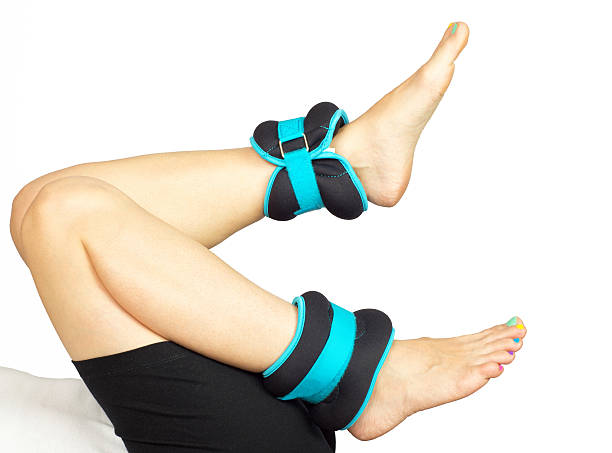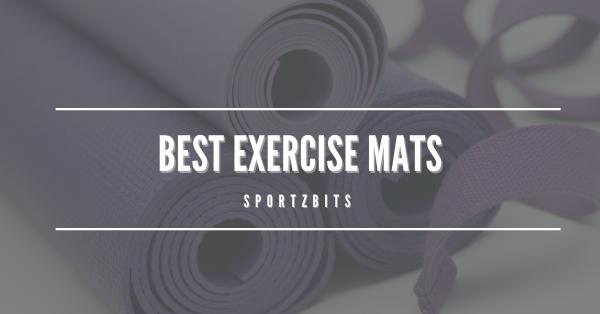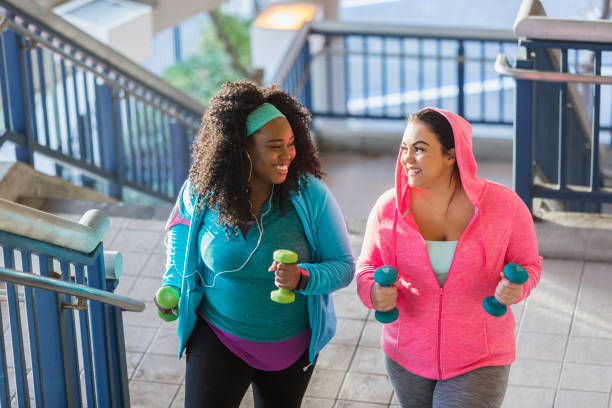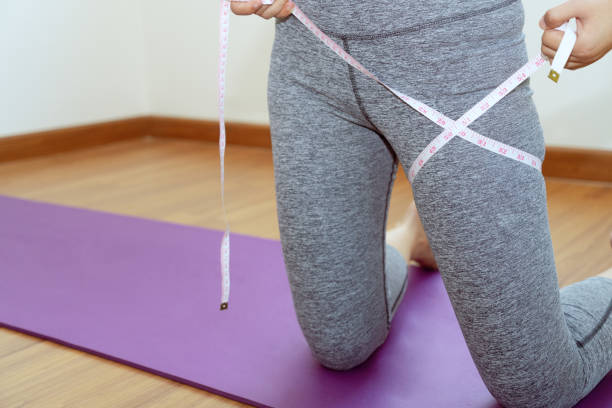Executing sit-ups, often considered one of the most beneficial workouts for your abs and hip flexor muscles, could potentially damage your lower spine if not carried out properly. Therefore, it’s crucial to perform sit-ups the right way to avoid back pain.
The Basics: What You Need to Know
First, make sure to do the right form. Second, adjust the intensity of your workout accordingly. Third, use props if necessary. Fourth, make sure to stretch after your workout. Finally, always consult with a doctor before beginning any fitness routine.
Body Position: How to Position Your Body for a Sit-up
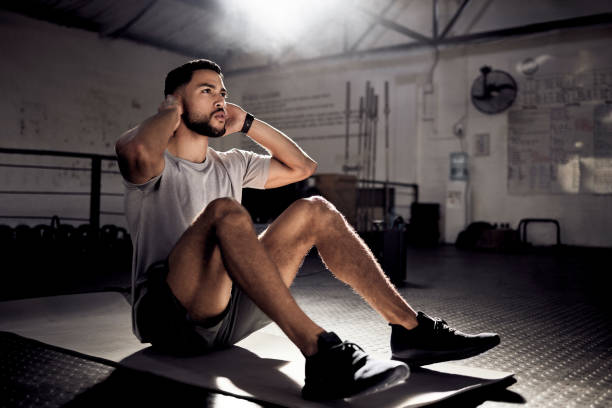
To get the most out of your sit-ups, you must ensure your body is in the proper position. This means keeping your back straight, chest up, and abs engaged.
How to Prevent Back Pain When Doing Sit-ups
When it comes to exercises that can cause back pain, sit-ups are often at the top of the list. This is because this move puts a lot of stress, especially on the curved spine. However, there are some things you can do to help prevent back pain when doing sit-ups.
Warm-Up
First, make sure you warm up properly before exercising. This will help reduce the risk of injury.
Try Incline Position
You can also try doing sit-ups on an incline to reduce the stress on your spine. If you still experience back pain, stop doing sit-ups and consult with your doctor.
Sit-Ups Don’ts
Don’t do sit-ups on a hard surface.
Doing sit-ups on a hard surface can be dangerous to your back. When you do a sit-up, you lift your entire weight against the resistance of the ground. This can cause back pain or even injuries if you are not careful.
It is best to do sit-ups on a soft surface, such as a mat or carpet. This will help to protect your back and make the exercise more comfortable. If you don’t have access to a soft surface, try doing sit-ups on your bed instead of the floor.
Don’t do sit-ups with your feet anchored.
Doing sit-ups with your feet anchored can do more harm than good. When you anchor your feet, you take away the range of motion needed for a proper sit-up. This can cause your abs to work improperly and lead to back pain.
Don’t do sit-ups if you have back pain already.
If you’re dealing with back pain, it’s best to avoid sit-ups and other abdominal exercises. Any kind of abdominal crunch can make your condition worse. Core exercises put a lot of pressure on your lumbar vertebrae, which may aggravate an existing back problem.
There are plenty of other exercises you can do to work your abs without risking more pain. Try Pilates or yoga instead – both are low-impact and can help improve flexibility and strength. If you want to do sit-ups, start slowly and use caution. If you feel any pain or discomfort while doing them, stop immediately.
Sit-ups Do’s
Use a cushion or soft surface for sit-ups.
When doing sit-ups, it is important to use a cushion or soft surface to protect your back. This is especially important if you are starting and have not yet developed the strength to do them correctly. A cushion will help to keep your back aligned and prevent any injuries.
Keep your back straight while doing sit-ups.
Maintaining good posture while doing sit-ups is important to protect your back. The strain on your spine can cause pain and even injury when you lean too far forward. Here are a few tips to help you stay upright:
- Keep your back straight and your head up. Do not let your head drop down between your shoulders.
- Tuck your chin in so that you are looking straight ahead.
- Draw in your abs and keep them contracted throughout the entire exercise.
- Place your hands on your hips or behind your head for support, but do not pull on your neck.
- Move slowly and deliberately as you lift yourself; pause at the top of the movement before lowering yourself back down.
Focus on good sit-up form
Like most people, you probably think that sit-ups are a great way to strengthen your core muscles. And while they can be effective, doing them wrong can lead to back pain and other injuries. Here are some tips to focus on good sit-up form:
- Lie on your back with your knees bent and your feet flat on the floor.
- Place your hands behind your head, but don’t pull on your neck.
- Use your abs to lift your torso off the floor, and pause before lowering yourself back down.
- Keep your back straight throughout the entire exercise.
- Don’t let momentum do the work for you – use your abs to lift yourself each time.
Equipment: What You Will Need to Do a Sit-up
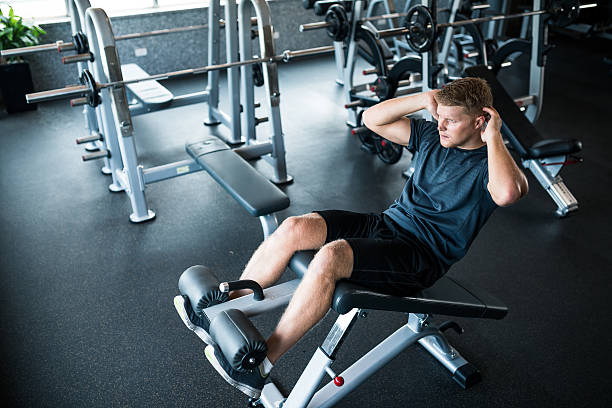
A sit-up is a common exercise that primarily works the abdominal muscles. However, other muscles such as the hip flexors and spinal erectors also play a role in the movement. Proper equipment other than a flat surface are:
Bench
You can use many pieces of equipment in the gym to help you get in shape, but one of the most underrated is the sit-up bench. This equipment is great for targeting your upper body muscles, especially the abs and obliques, and it’s really easy to use.
Resistance Band
When it comes to sit-ups, many think that the only way to make them more challenging is to increase the number of repetitions. However, adding a resistance band can make them significantly more difficult and help you achieve better results.
Wrap the band around a sturdy object and hold it with your hands. Then, lie down with your feet flat on the ground and your knees bent. Place the band around your ankles and contract your abs as you curl towards your chest. Hold for two seconds before slowly returning to the starting position. Repeat for 12-15 repetitions.
Pilates Ring
The Pilates ring is a unique piece of equipment that can add variety and challenge to your sit-ups. The ring provides resistance, which makes the exercise more difficult and works different muscles than when you do them without the ring. Here are three ways to do sit-ups with the Pilates ring:
- Position the Pilates ring around your waist before you start doing sit-ups. This will provide resistance as you curl up and down.
- Hold the Pilates ring against your chest as you do your sit-ups. This will give you an extra challenge as you work to keep the ring in place.
- Place the Pilates ring between your feet as you do your sit-ups. This will add resistance as you curl up and down and work your hip flexors, legs, and glutes.
Stability Ball
The sit-up is a common exercise to strengthen the core and abdominal muscle groups. However, many people perform this exercise incorrectly, leading to back pain.
The sit-up with a stability ball is a variation of the traditional sit-up designed to improve abdominal strength and reduce back pain.
Then, it would be best to lift your torso off the floor while keeping your head, neck, and shoulders off the ground.
Hold for two seconds, then slowly lower yourself back to the same position. Repeat this movement ten times.
Yoga Mat
The traditional sit-up can be hard on your back, even when targeting your abdominal muscles. A yoga mat can provide the cushioning you need to do sit-ups without putting stress on your spine.
Bench or Chair
When it comes to sit-ups, you have a few options for what you can use as your anchor point. One popular option is using a bench or chair. This is a great option if you don’t have access to a weight bench or if you want to do more variations with your sit-ups.
There are two main ways to do sit-ups with a bench or chair: using the bench/chair as an anchor point for your feet or using it to help you lift your torso.
For the first variation, place your feet on the bench/chair and do your sit-ups. This will help you work your abs more intensely.
For the second variation, place the bench/chair in front of you and use it to help lift yourself. Then do your sit-ups as usual.
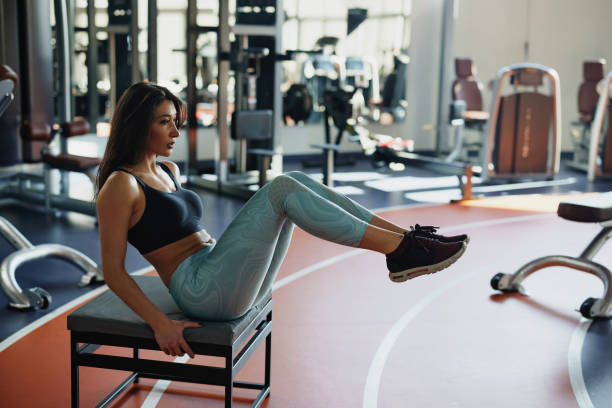
Advanced Sit-ups Tips to Avoid Back Pain
Here are a few tips to help you do advanced sit-ups without hurting your back:
- Make sure your feet are flat on the ground and your knees are bent. This will help keep your lumbar spine in alignment.
- Don’t let your chin drop down as you come up. Keep your head and neck aligned with your spine.
- Don’t pull on your head or neck when you come up. This can also cause back pain.
- Use your abs to lift yourself rather than pull with your hands by stretching your arms straight.
- Don’t hold your breath while doing sit-ups. Breathe freely and deeply as you do them.
- If you have back pain, it’s best to consult your doctor before starting any new exercise program.
Conclusion
Performing sit-ups without hurting your back is possible if you follow the proper steps. Use a mat for cushioning and keep your back straight while exercising. If you experience any pain, stop immediately and consult a doctor.
